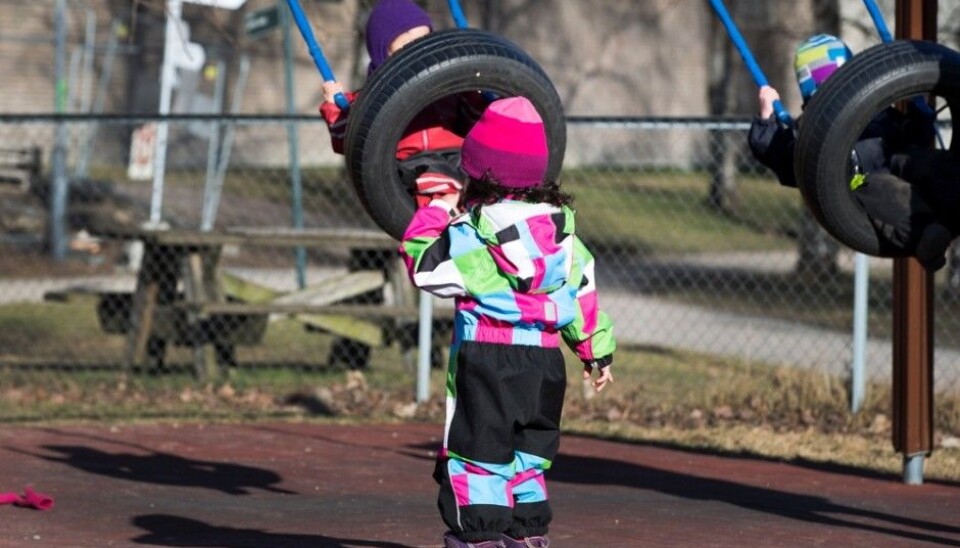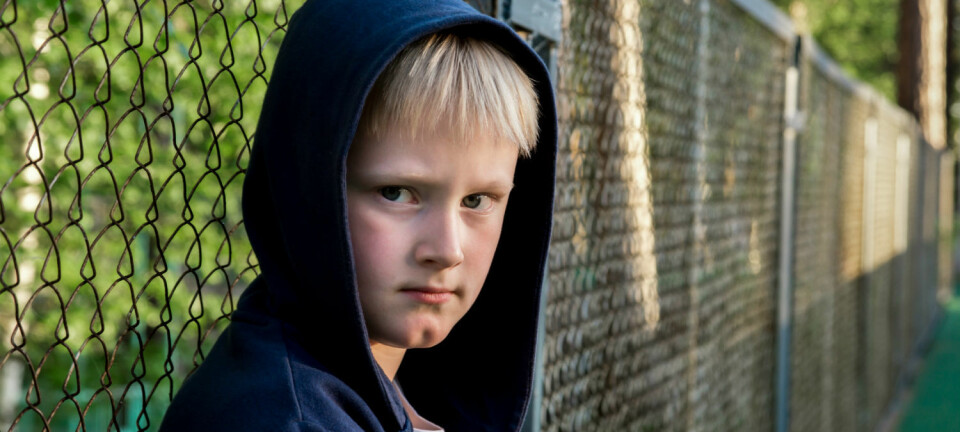
What happens to girls and boys in gender-neutral preschools?
In some Swedish preschool programs, the children are addressed with a recently coined gender-neutral pronoun rather than as she or he. Researchers have now investigated whether this practice makes the children more untraditional.
A small number of preschools in Sweden are so-called gender neutral. Here the educators have instituted measures so staff members don’t treat the children according to traditional gender roles.
‘She’ and ‘he’ are replaced by a Swedish gender-neutral pronoun. The staff doesn’t give girls compliments for their clothes and appearance, for example.
This is how it is in the Egalia preschool in Stockholm. There the children are referred to as friends instead of boys and girls, according to the Norwegian newspaper Dagbladet.
Experiments with children
Only a few preschools in Sweden work this way, so the researchers’ case-group is quite small.
In the study, psychologists conducted experiments with 30 children in a preschool that uses this type of pedagogy. They showed them colour photographs of children they didn’t know. The photos were of both girls and boys with different clothes and hairstyles.
The researchers also surveyed 50 children from three regular preschools without gender-neutral education in the same area of Stockholm, to check whether children in gender-neutral schools think unconventionally about gender.
Based on the experiments, the researchers concluded that the children in the gender-neutral preschool were more open to playing with children of the opposite sex. They were less likely to notice another person’s gender than the children in the ordinary preschools.
Gender is about the adults
Nina Rossholt from Oslo and Akershus University College researches the subject of gender in preschool. She thinks the study of the Swedish researchers is similar to an experiment on mice and questions how interesting it really is.
"For me, gender in preschool is about the parents and the staff as much as the children. Girls and boys are more alike than different. It’s the adults’ expectations for the children that make them different,” Rossholt says.
Rossholt has researched nursery programs in preschools and found that the youngest children don’t care whether they play with girls or boys. And the adults treat them pretty much the same.
When the children turn three years old, however, a change occurs. The children acquire language and start to apply labels to themselves as girls or boys. The staff begins to talk about them like girls or boys and look at them as different.
In her study of three preschools in Norway, Rossholt observed that girls and boys were met differently when they were greeted in the morning. Staff often "genderize" their statements, e.g. saying to the girls, "How cute you are today." The boys might hear that they’re handsome.
"You could just say, ‘So nice to see you today,’"says Rossholt.
Doesn’t believe in gender-neutral preschools
Rossholt wishes that more preschools would work on how children become a social gender. However, she does not believe in the gender-neutral preschools. She finds that they are a little too concerned with symbolism.
She believes children should be met for who they are and not what biological gender they have, as part of the education in all preschools.
“How meaningful is it if the children are called by a gender-neutral pronoun in school as long as they live in a society that is more gendered than ever?” she says.
Gender-neutral preschools may be a choice for more educated parents, says Rossholt. But the children then enter into a society where toys, to a greater degree than even a few decades ago, are marketed as boys’ toys and girls’ toys, and where it's an assumed truth for how boys and girls are supposed to look.
Then gender-neutral terms become merely symbolic, she believes.
Goal is not to be the same
It's not a goal for girls and boys to be alike, says Rossholt. There should be room for variation.
"I think the Swedish researchers are working from an assumption that boys and girls are very different. But boys are very different, and girls are very different. They should be met in a flexible way,” she says.
"It's about being a human being, not being subject to limitations based on one’s biological sex,” says Rossholt.
-------------------------------------
Read the Norwegian version of this article at forskning.no







